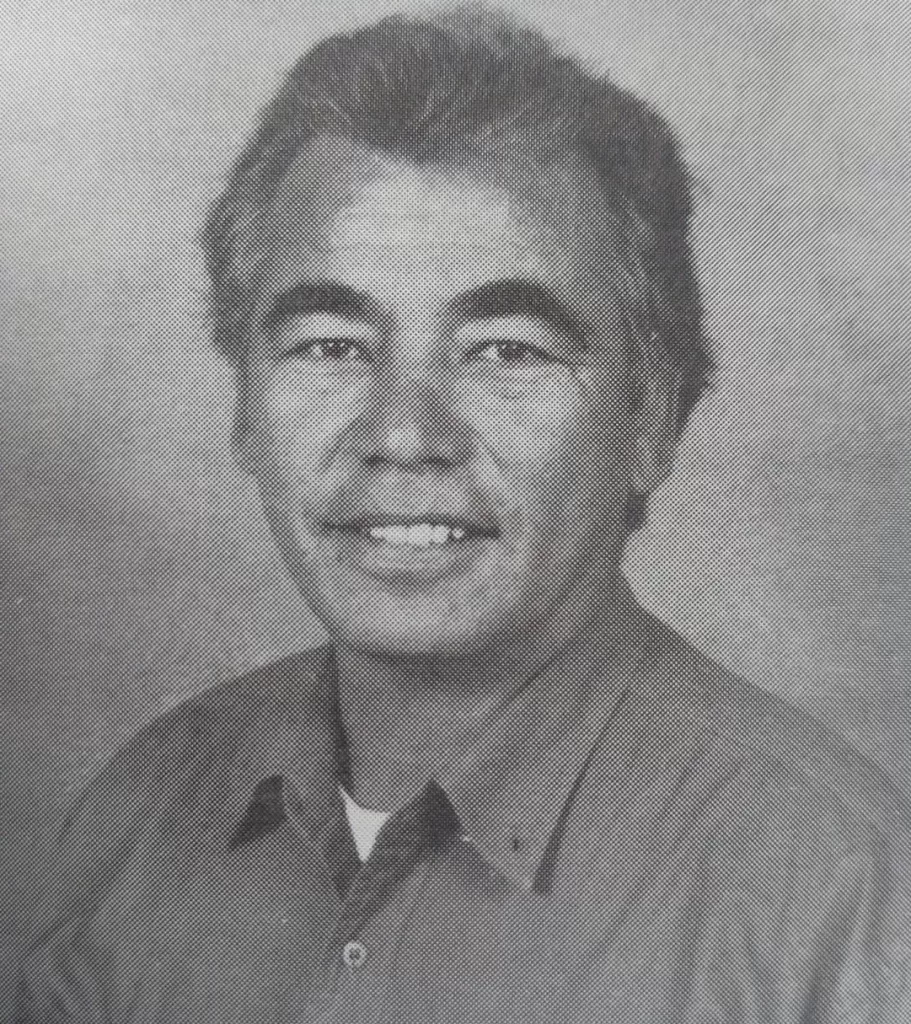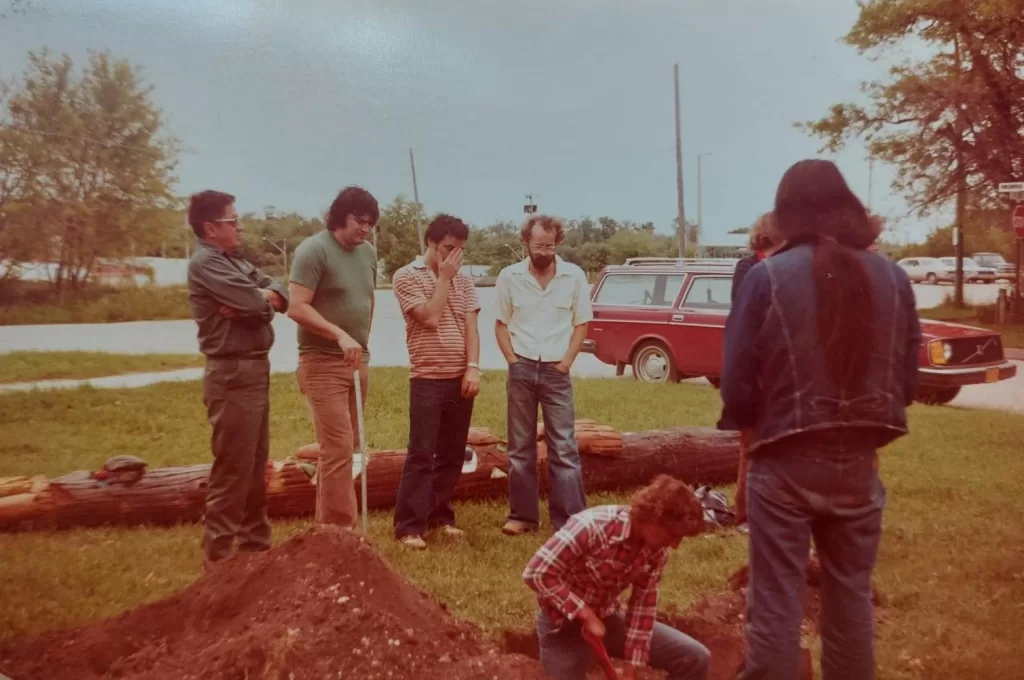The Friendship Centre Movement
Friendship Centres began in the 1950s as a response to the growing number of Indigenous people moving from reserves to urban areas. The movement evolved out of the increased need for specialized services to help Indigenous people in the transition. Initially, Friendship Centres only offered referrals and counselling services, but have since developed into a “front line delivery vehicle for social services,” which includes assistance in employment, housing, education, and health care.
As the First Nation, Inuit, and Metis populations increased in urban settings, so did the number of Friendship Centres. Over half a century later, the Friendship Centre movement has expanded to include 125 Friendship Centres across the country.
In Manitoba, the Friendship Centre movement began in 1958 with the opening of a centre in Winnipeg. By the 1970s, seven Friendship Centres met in Winnipeg to establish the Manitoba Association of Friendship Centres.
A Friendship Centre in Selkirk
The centre in Selkirk was created in 1967 over a dinner meeting on September 4th. The group had a simple, yet far reaching goal: “to secure equality of rights and opportunities of all people regardless of their ethnic heritage.”
The group formed a pro-tem committee and met regularly throughout the year. Committee members included: Howard Pawley, Lorna Morrisseau, Bruce Tod, Lou Greenburgh, Rose Shrupka, and Ed Stonechild. Elsie Bear was also one of the first to help with the organization of the Friendship centre. By the summer of 1968, Lt. Gov. Richard S. Bowles and Mayor Pat Montgomery opened the first location at 446 Main Street with a ribbon cutting. The building was formerly a plumbing shop and was modest, with little more than a roof and a few walls.
Ed Stonechild filled the executive director position until Amy Clemons replaced him in 1968. Amy Clemons had worked at the Indian and Metis Friendship Centre in Winnipeg for over six years, so she was the perfect fit for the Centre in Selkirk. Jim Sinclair then became executive director in 1973.

Working With What You've Got
The Centre operated out of 446 Main Street for four years. After this, the organization moved to three different facilities in three years. Jim Sinclair remarked, “each succeeding building seemed to be worse than the one before it.” One subsequent location was in a commercial garage. Staff and visitors often became sick the because the ventilation was circulating car exhaust. A dedicated building for the Centre was desperately needed. The challenges were ever present, but the Centre continued to offer its much-needed programs and services.
“Trying to operate our recreational, cultural, social and educational activities out of two small offices almost always results in out spending more time and energy trying to arrange for adequate space or facilities somewhere else in town than the time we spend in starting and running the activity itself.” – Jim Sinclair.
A Place to Come Together
The Selkirk Friendship Centre undertook a large renovation project restoring the Church at St. Peters. The execution of this project showed donors that the organization could complete a major undertaking with “skill, cooperation, and fiscal competency.” Funding for a dedicated centre on Eveline Street was soon to follow.

The Selkirk Friendship Centre secured a workforce for the new building at 425 Eveline Street, and the Federal and Provincial Governments covered most of the $130 000 cost. Ninety percent of the workers were Metis or First Nations from the Interlake, which not only created jobs, but also fostered community.
Howard Pawley, and Mayor Lloyd Wersch kicked-off construction with a sod turning in January of 1975. As part of the sod turning ceremony Howard Pawley said, “Increased activity and expanded scope will be looked forward to, as the result of the Friendship Centre. The project will bring people together to understand each other no matter what the fundamental objective.”
Seven months later, building was complete. Staff and volunteers said goodbye to their home at 307 ½ Manitoba Avenue and moved to the new location. Their dream had finally come to be.
In 1987, an addition to the Selkirk Friendship Centre building was officially opened. The new hall seated 350 people, which far surpassed the 135 person limit the building had prior. The addition cost $210 000, with funds coming from money raised by the Centre for the past 10 years, and grants from the Community Places Department and Community Services.

Projects, Programs, and Progress
Besides the renovation project at St. Peter’s Church, Tyro Housing was another large project undertaken by the Selkirk Friendship Centre. As part of their services, the Selkirk Friendship Centre referred people in need of homes to housing developments, but they were never fully satisfied with the results. So, they decided to do something about it.
“We had property on an adjacent lot to our building, perfect to handle such a project, and had a bested interest in seeing it through,” – Jim Sinclair.
The project costing 2.3 million dollars opened in December of 1990 with 28 full units and a long waiting list of over 100 people. The Selkirk Friendship Centre Day Care is on the main floor and steadily grew to a 32-child capacity.
Three years later, the Provincial Government nullified grants to all the Manitoba Friendship Centres. The cuts were severe and meant that the Centre would lose up to $80 000 annually. However, most of the Centre’s funding didn’t come from the government anyways, so they soon found themselves back on top. Jim Sinclair took the government cuts in stride saying, “we’ve overcome much worse adversity.”
The Selkirk Friendship Centre’s greatest strength has always been its volunteers. Volunteers which helped organize and run a number of different programs in four main areas: recreation, culture, socioeconomics, and education.

In the beginning programs were youth-oriented to encourage Indigenous youths to participate in sports. Since then, programs and services have evolved to include basketball, floor hockey, beadwork, building the float for the Triple S Fair, Ojibway and Saulteaux languages, dances, summer camps, daycares, bake sales, first aid courses, a library, and many more. The Selkirk Friendship Centre also proposed a Native studies course to the Lord Selkirk School Division in the late 1970s and 1980s which was accepted.
The Selkirk Friendship Centre continues to offer excellent programs and services which help all members of the community.
Selkirk Friendship Centre Collection









Sources
“History of Selkirk Friendship Centre” – Selkirk Friendship Centre
Manitoba Association of Friendship Centres
National Association of Friendship Centres
Selkirk Journal, 1987
Selkirk Enterprise, 1975
“25 Years of Bringing People Together” – Selkirk Friendship Centre Booklet

